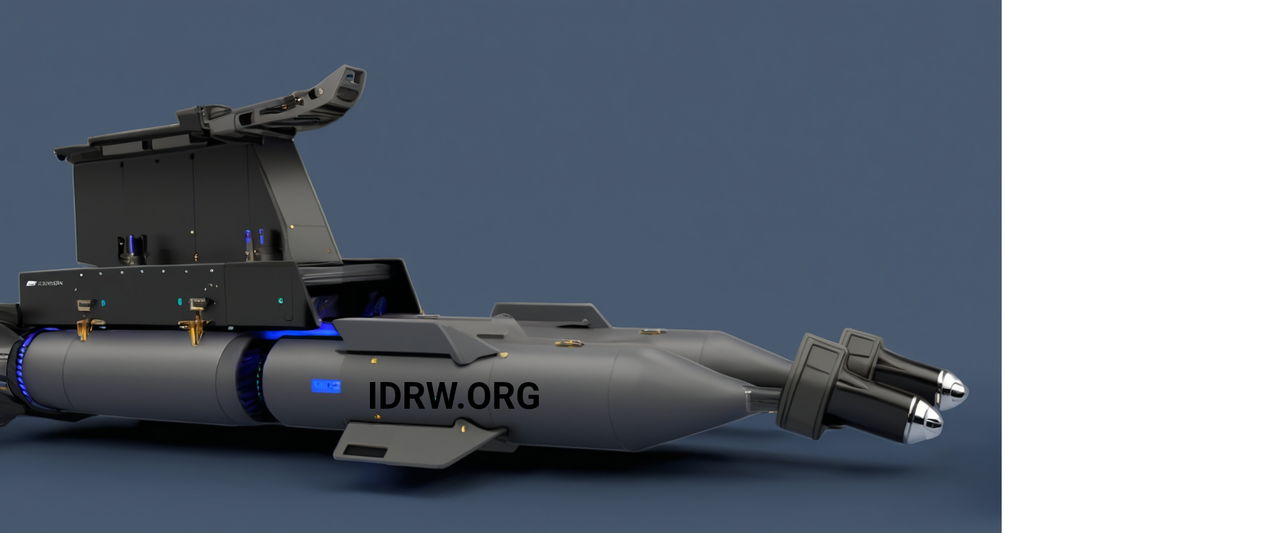SOURCE: RAUNAK KUNDE / NEWS BEAT / IDRW.ORG


Hindustan Aeronautics Limited (HAL) is set to initiate flight testing of outer dual rack pylons for the Tejas Mk1A fighter jets in 2025, a development aimed at significantly boosting the platform’s close combat capabilities. The new pylons will allow the Tejas Mk1A to carry two Close Combat Air-to-Air Missiles (CCMs), such as the Advanced Short Range Air-to-Air Missile (ASRAAM) or Python-5, on a single pylon, effectively doubling its short-range firepower.
The decision to integrate dual rack pylons followed the successful completion of wind tunnel testing of a scale model of the Tejas Mk1A, equipped with the dual rack configuration. These tests were carried out to gather critical data on aerodynamics and the missile separation process. Additionally, HAL conducted extensive computer simulations to study the effects of dual missile launches on the aircraft’s performance, particularly focusing on the potential for gas ingestion into the engine air intake.
With the data from wind tunnel and computer simulations in hand, HAL plans to begin captive flight trials early next year. These trials will assess the performance of the pylons and missile integration under various flight conditions, with missile firing trials scheduled for later in 2025.
The integration of dual pylons will enable the Tejas Mk1A to carry a greater number of close combat missiles than its current configuration, significantly enhancing its ability to engage enemy aircraft in dogfights. This increase in firepower is crucial for improving the platform’s survivability and effectiveness in high-intensity combat scenarios, where engaging multiple enemy aircraft in close quarters is a distinct possibility.
By carrying two ASRAAM or Python-5 missiles per pylon, the Tejas Mk1A will have the capacity to engage a larger number of targets in rapid succession, bolstering its role as a frontline fighter in the Indian Air Force (IAF). This upgrade, along with other enhancements planned for the Mk1A variant, further solidifies the Tejas’ position as a key asset in India’s defence capabilities.
NOTE : Article cannot be reproduced without written permission of idrw.org in any form even for YouTube Videos to avoid Copy right strikes. Websites doing illegal reproductions will get DMCA and Legal Notices.